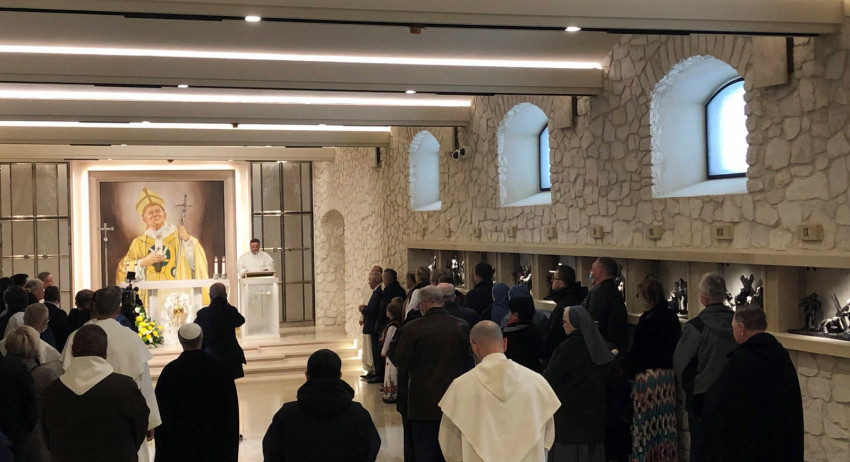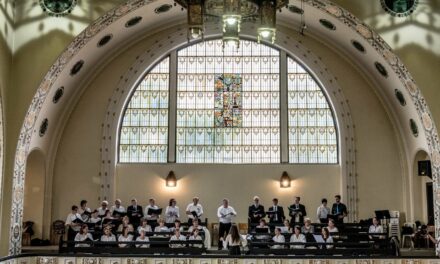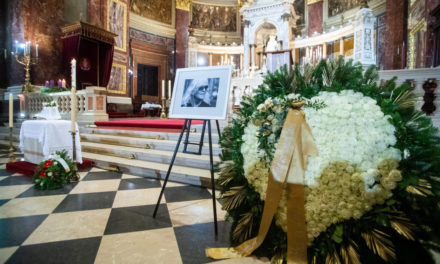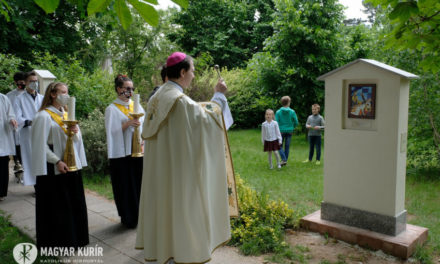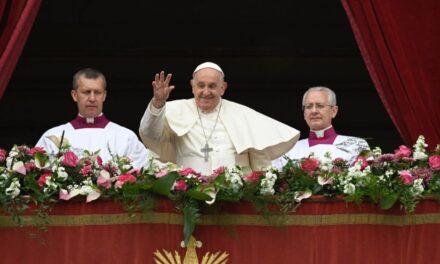On October 24, General Arnold Chrapkowski blessed the St. II. János Pál Chapel. The parish priest Ferenc Juhász of Miskolc, the permanent author of our liturgical publication Adoremus, was present at the celebration ceremony. We publish his account in a personal voice.
In 1382, sixteen Pauline monks left Hungary to settle in Częstochowa, Poland, and establish the monastery that has since become the most important center of Polish religious life. Many Hungarian Catholics are also familiar with this place of worship, a miracle built by the Paulists over six centuries.
The common Catholic faith, both in the past and in the present, strengthens the unity that can be felt between the Polish and Hungarian people. You don't have to be a fortuneteller to think about the future in the same way. A few weeks ago - at the time of the closing mass of the Budapest Eucharistic Congress - Cardinal Stefan Wyszyński, who is the Polish figure in the fate of the Hungarian Cardinal Mindszenty, was beatified.
In recent days, this Polish-Hungarian relationship has been tied together again by a new thread. On October 24, the chapel at the Pauline shrine in Jasna Góra, which was built in a part of the wall of the monastery complex, in the courtyard of the confessional, was blessed. The Holy Pope visited the shrine six times as a pilgrim - they decided to have a modern chapel there, which will be built for those who worship him. It was initiated by the Pauline monk Marian Waligóra, who was the director of the shrine in 2014-2020.
The Saint II. The altarpiece of the chapel built in honor of János Pál was painted by the monk living in the monastery. The altar, the ambo, the furnishings of the sacristy, and the group of station statues consisting of fourteen stations were donated by confratern Pálos László Dobróka and his family from Hungary. The crossroads is the work of Gábor Varga, a ceramicist and sculptor living in Dombóvár.
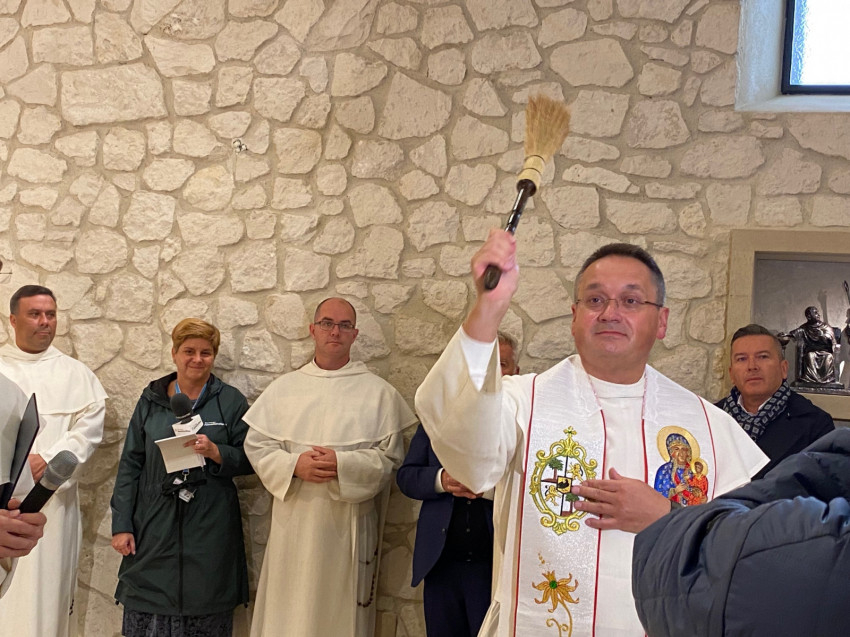
Paul General Arnold Chrapkowski blesses the shrine/Source/Hungarian Kurír
The celebratory mass was presented by General Arnold Chrapkowski in front of the image, which was broadcast by the national Polish TV1.
In his speech after the Mass, before the blessing of the chapel, the general pointed out that the Poles and the Hungarians always strengthened each other and drew strength from each other's faith to stand firm in Europe's adversities, even today.
As a sign of Polish-Hungarian unity, in addition to the Communio Sanctorum Hungarian chapel under the Basilica of Mercy in Krakow, a sacred space has also been created in Częstochowa, which will be important for Hungarian pilgrims to visit. The monastery, founded nearly six hundred and forty years ago by sixteen Hungarian Pauline monks, grew again. Thanks for!
Source and featured image: magyarkurir.hu

